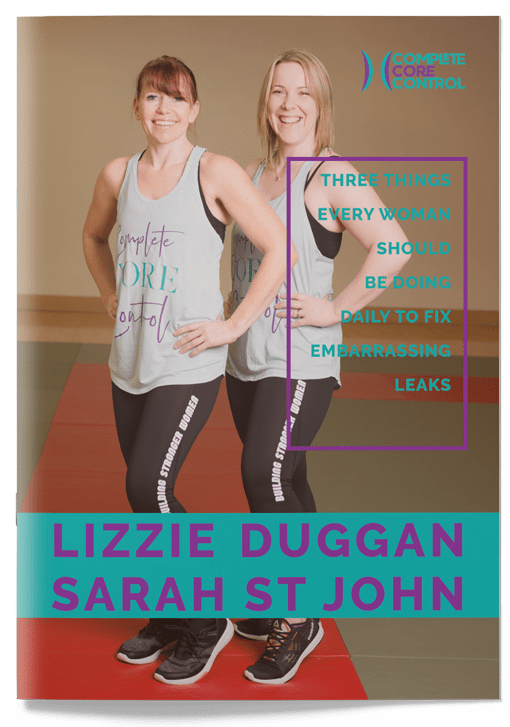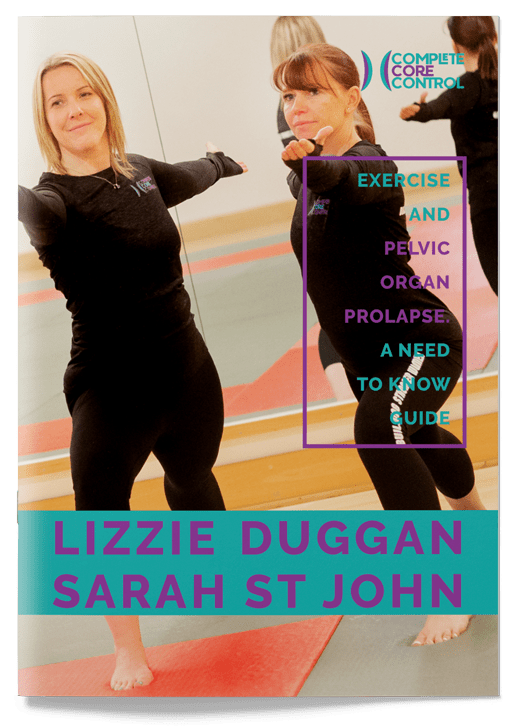You will be given some information on early recovery in hospital but it only goes so far. We wanted to add some are great habits to get into now as well.
Early Days Post Op
After the operation and when you are still in hospital, you will want to make sure you are moving your wrists and ankles to keep the circulation going and reduce the risk of DVT (deep vein thrombosis).
Try and keep moving while you are lying in your rested position, just little bits, so try turning your head from side to side to alleviate tension in the shoulders, lifting and lowering your arms and bending your knees one at a time to reduce stiffness in the shoulders, knees and hips.
When you are feeling a little more recovered, you can start to do some gentle walking. This will help increase your endorphins making you feel better in yourself, remember not too far, a little at a time.
Think about how you are standing. Good posture is often under-rated in our opinion yet plays a vital role, especially in the early days.
The first thing we want you to focus on is standing up straight. Due to your surgery, you will have most likely adopted a hunched over “protective” posture, which is perfectly normal and to be expected. However, we want to think about addressing it as soon as we feel able, otherwise, it is going to cause more harm than good.
Abdominal Exercises
Now if you are anything like me, it has taken a good year to feel almost ok to do “standard class abdominal training”. I have noticed in many group fitness programmes that the abdominal levels are way more advanced and for the super-fit than for the majority of the general public (in my opinion), especially if you have had some sort of open surgery on your abdominals or just haven’t exercised for a while.
I spent the first year working on re-balancing my body, building strength from the bottom up, trying to forget where I was before as it didn’t matter anymore because everything I used to do without thinking was painful.
So, pick level one abdominal exercises for a while. There is no shame in it, then work up through level two and then on to level three. You must first start with getting balance back in your body with the correct posture, breathing, mobilisation and stretching and strength training.




